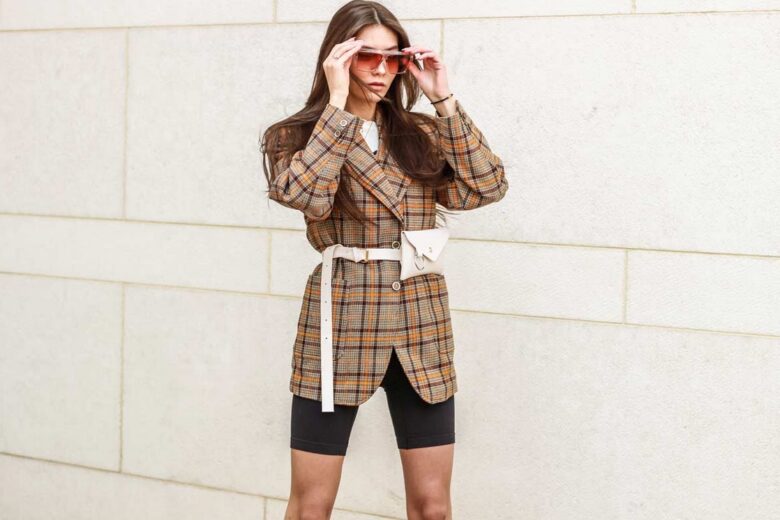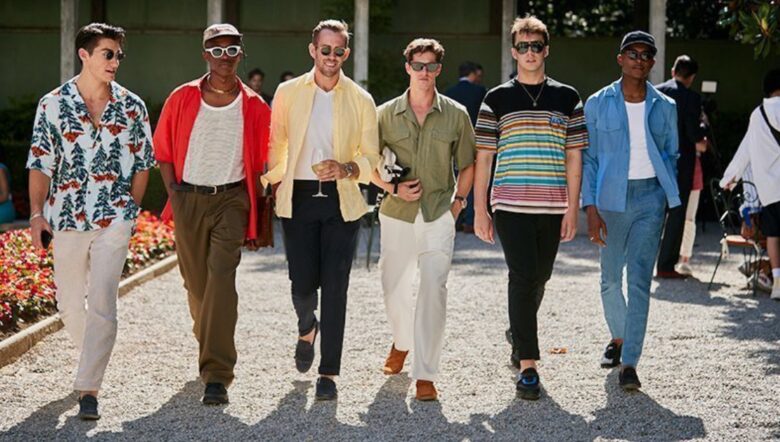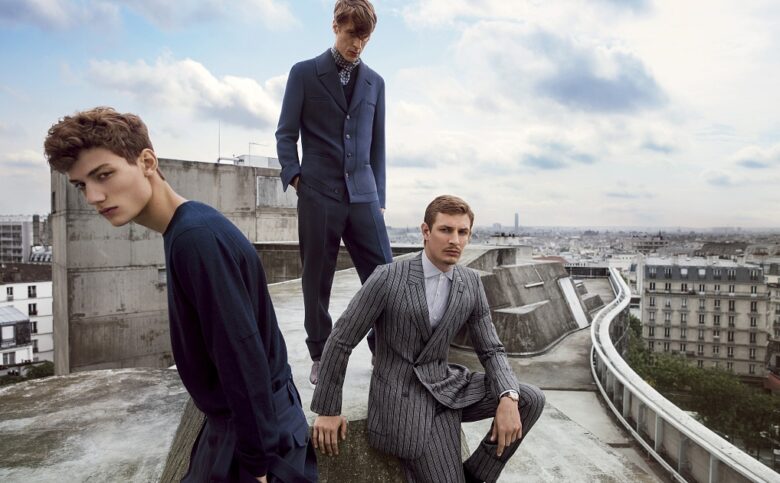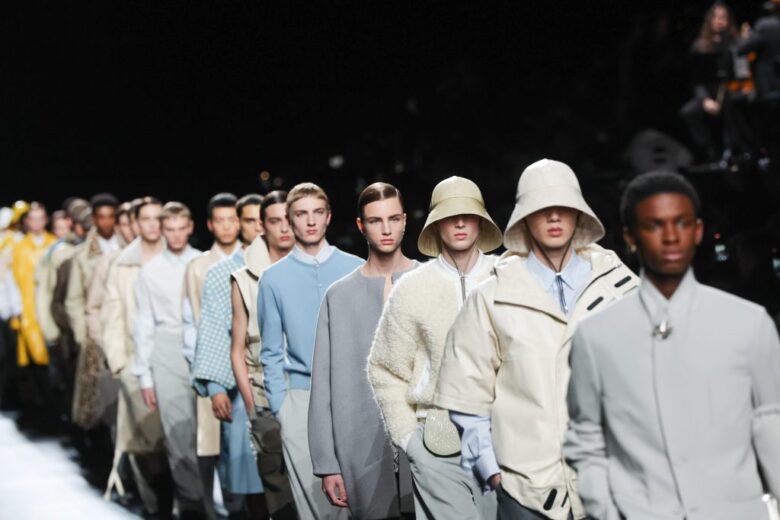Over the years, the world of men’s fashion has undergone a remarkable transformation, moving away from the rigid stereotypes of the past towards a more inclusive and diverse expression of style. Men’s fashion has evolved beyond the simple confines of suits and ties, embracing a myriad of styles, influences, and individual expressions. In this blog post, we will explore the exciting journey of men’s fashion, celebrating the rise of style diversity and the empowerment of men to express themselves through clothing.
Contents
Breaking the Stereotypes
Traditionally, men’s fashion was characterized by a limited set of acceptable styles, often reflecting societal norms and gender expectations. Suits, shirts, and tracksuit men were considered the norm for formal occasions, while casual wear leaned towards a more uniformed look. However, as social attitudes evolved, so did the perception of men’s fashion. The breaking of gender stereotypes paved the way for greater acceptance and appreciation of different styles and expressions.
The Rise of Casual Chic
The turning point for men’s fashion came with the rise of casual chic. In the mid-to-late 20th century, icons like James Dean and Steve McQueen popularized a more relaxed, effortlessly stylish look. Denim jeans, tracksuit sale, and t-shirts became symbols of rebellion and laid-back coolness. This marked a significant shift away from the rigid formality of previous decades and laid the foundation for a more diverse range of options for men to explore.

Influences from Subcultures
Subcultures have played a crucial role in shaping men’s fashion and promoting style diversity. From the colorful and flamboyant fashion of the 1970s disco era to the grunge movement of the 1990s, each subculture introduced unique fashion elements that challenged societal norms. These subcultures fostered an environment of experimentation and encouraged men to step out of their comfort zones, exploring different patterns, colors, and silhouettes.
The Modern Metrosexual
In the early 2000s, the term “metrosexual” gained popularity, describing urban men who took pride in their appearance, grooming, and fashion choices. This shift in mindset normalized the idea of men caring about their looks and allowed for greater acceptance of grooming products, skincare routines, and fashionable attire. The metrosexual movement emphasized that masculinity and fashion could coexist harmoniously, further promoting style diversity.
Designer Collections and Runway Revolution
Fashion designers have also played a crucial role in pushing the boundaries of men’s fashion. Prominent fashion houses began featuring men’s collections on runways, showcasing innovative designs that challenged conventional norms. High fashion and couture, once predominantly focused on women’s wear, became more inclusive, providing men with a platform to embrace their style diversity and express themselves through clothing.

The Power of Athleisure
The rise of athleisure marked a major turning point in men’s fashion. Athleisure blends elements of athletic wear with everyday clothing, creating a comfortable yet stylish look that can be worn in various settings. Activewear brands started incorporating fashion-forward designs, and luxury designers embraced the trend, creating high-end athleisure collections. This fusion of fashion and function allowed men to embrace a versatile, practical, and expressive approach to their everyday style.
Style Expression: How Men’s Fashion Reflects Individuality
Men’s fashion is not just about following trends or adhering to societal norms; it is a powerful means of self-expression. Each individual has a unique personality and perspective, and men’s fashion allows them to manifest their identity through personal style statements. Clothing choices, accessories, and grooming preferences collectively create a visual language that communicates who they are and what they stand for.
Personal Style Statements
In the realm of men’s fashion, personal style statements are the distinctive ways in which individuals curate their appearance. It goes beyond merely wearing clothes; it is about carefully selecting pieces that resonate with their personality, tastes, and beliefs. Whether it’s a casual, laid-back look, a refined and sophisticated ensemble, or an edgy and daring outfit, personal style reflects the essence of the wearer.
Through personal style statements, men can convey confidence, individuality, and authenticity. It becomes a medium through which they can express their moods, emotions, and even their aspirations. Some might prefer classic and timeless pieces, while others opt for bold and experimental choices. The freedom to create unique combinations allows men to celebrate their inner selves outwardly.

Source: en.svoboda-williams.com
Fashion as a Form of Art and Creativity
Men’s fashion extends beyond being a utilitarian necessity; it is an art form that allows individuals to unleash their creativity. Every outfit is a blank canvas on which they can paint their artistic vision. The interplay of colors, patterns, textures, and silhouettes becomes a palette, and the wearer becomes the artist, carefully curating their masterpiece.
Fashion designers and brands play a pivotal role in this creative process by offering a diverse array of clothing options. From haute couture to streetwear, the vast range of styles enables men to experiment and craft their distinct visual narratives. By embracing fashion as an art form, men can challenge conventional boundaries and transform themselves into walking works of art.
Moreover, fashion’s connection to creativity is not limited to the garments themselves. Men’s fashion also encompasses grooming choices, accessories, and even the way they carry themselves. From hairstyles and facial hair to watches, shoes, and other accessories, each element contributes to the overall aesthetic, fostering a holistic expression of creativity.
Conclusion
The evolution of men’s fashion reflects a broader societal shift towards acceptance, diversity, and expression. From breaking traditional stereotypes to embracing style influences from subcultures and designers, men’s fashion has come a long way. The modern man is now empowered to explore a vast array of styles, silhouettes, colors, and textures, fostering a unique and personal expression of fashion.

Source: drapersonline.com
In the present day, men’s fashion continues to thrive, celebrating individuality and embracing the idea that clothing is a powerful medium of self-expression. As we move forward, let us continue to celebrate and support the evolution of men’s fashion, promoting inclusivity, diversity, and the freedom to express oneself authentically through style.
